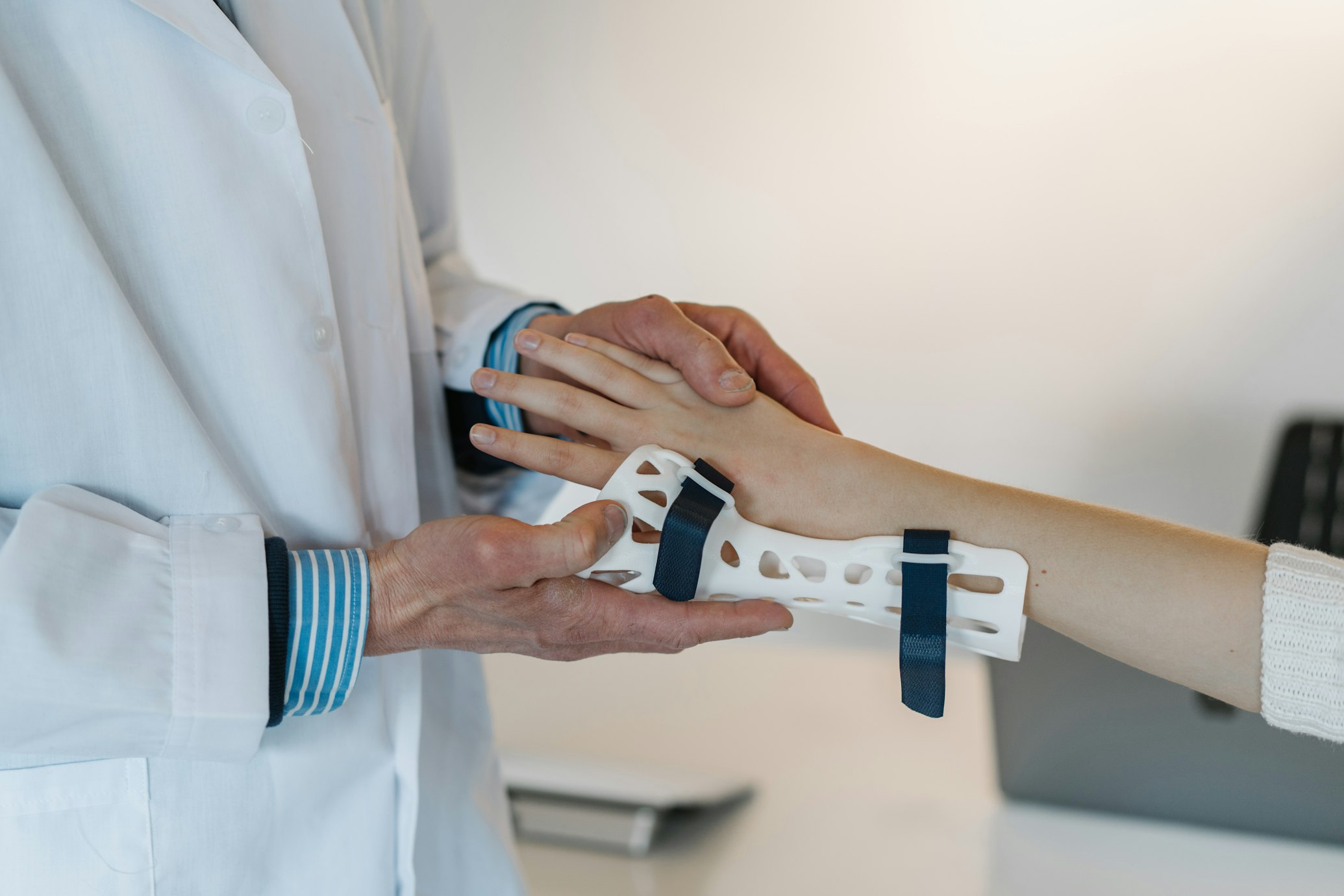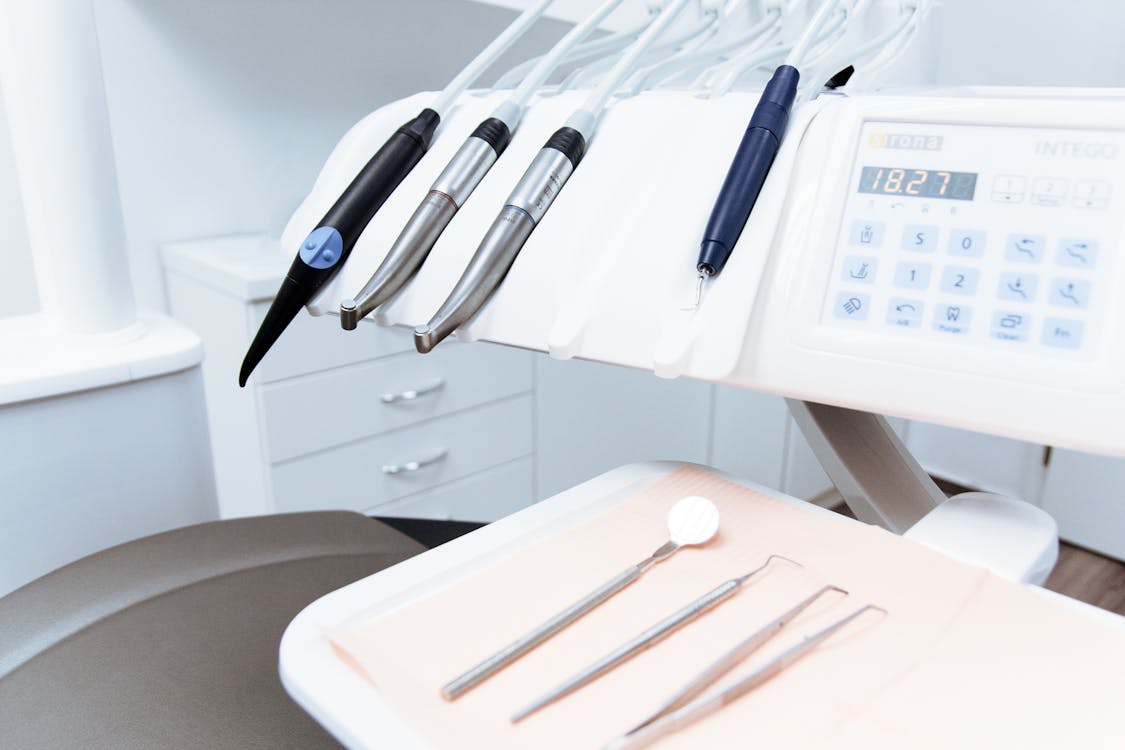Common health coverage (UHC)

Table of Contents
Key information
- The world is off keep track of to make sizeable development toward universal health coverage (Sustainable Improvement Goals (SDGs) focus on 3.8) by 2030. Enhancements to overall health products and services coverage have stagnated considering the fact that 2015, and the proportion of the population that confronted catastrophic ranges of out-of-pocket overall health investing greater repeatedly considering the fact that 2000. This international pattern is regular throughout all areas and the the greater part of international locations.
- The UHC provider coverage index greater from 45 to 68 between 2000 and 2021. However, modern development in escalating coverage has slowed in comparison to pre-2015 gains, rising only 3 index factors among 2015 and 2021 and exhibiting no modify due to the fact 2019.
- The proportion of the population not protected by essential wellness providers decreased by about 15% concerning 2000 and 2021, with minimal progress made soon after 2015. This signifies that in 2021, about 4.5 billion men and women were being not thoroughly lined by necessary wellness companies.
- About 2 billion men and women are going through economical hardship which include 1 billion dealing with catastrophic out-of-pocket health and fitness expending (SDG indicator 3.8.2) or 344 million people today likely further into excessive poverty thanks to health prices.
- The COVID-19 pandemic additional disrupted necessary solutions in 92% of countries at the peak of the pandemic in 2021. In 2022, 84% of nations even now documented disruptions.
- To build again better, WHO’s advice is to reorient well being systems working with a main health treatment (PHC) solution. Most (90%) of vital UHC interventions can be shipped via a PHC tactic, likely preserving 60 million lives and expanding common worldwide lifestyle expectancy by 3.7 yrs by 2030.
Overview
Universal health protection (UHC) implies that all individuals have access to the full variety of quality wellness providers they have to have, when and where they want them, with no monetary hardship. It addresses the complete continuum of critical wellness expert services, from well being advertising to avoidance, procedure, rehabilitation, and palliative care across the lifetime class.
The shipping of these providers necessitates health and fitness and care workers with an exceptional expertise blend at all stages of the health procedure, who are equitably distributed, sufficiently supported with access to quality confident products and solutions, and experiencing good do the job.
Safeguarding people from the fiscal consequences of spending for wellbeing companies out of their individual pockets decreases the hazard that men and women will be pushed into poverty mainly because the charge of desired solutions and therapies demands them to use up their lifetime price savings, promote belongings, or borrow – destroying their futures and typically people of their youngsters.
Accomplishing UHC is one particular of the targets the nations of the world established when they adopted the 2030 Sustainable Development Goals (SDGs) in 2015. At the United Nations Typical Assembly High Amount Meeting on UHC in 2019, countries reaffirmed that well being is a precondition for and an end result and indicator of the social, economic and environmental dimensions of sustainable progress. WHO’s Thirteenth Standard Programme of Work aims to have 1 billion far more people today reward from UHC by 2025, while also contributing to the targets of 1 billion additional people better safeguarded from overall health emergencies and 1 billion more people experiencing superior health and nicely-currently being.
Progress in the direction of UHC
Prior to the COVID-19 pandemic, development in direction of UHC was by now faltering. The outstanding rate of development in expanding service protection prior to 2015 did not keep on as the UHC company protection index (SDG indicator 3.8.1) greater only 3 factors to 68 by 2019 and stagnated at this stage through 2021. This suggests that in 2021, about 4.5 billion folks have been not entirely covered by necessary health solutions. The portion of the population incurring catastrophic out-of-pocket health and fitness paying (SDG 3.8.2) elevated continually from 9.6% in 2000 to 13.5% in 2019 when it surpassed 1 billion persons. Moreover, in 2019, out-of-pocket health and fitness spending dragged 344 million men and women additional into severe poverty and 1.3 billion into relative poverty. In full, in 2019, 2 billion men and women faced any sort of economic hardship (catastrophic, impoverishing or equally).
The global pattern of the recent stagnating progress in provider coverage when catastrophic health and fitness shelling out will increase repeatedly is steady across all areas, region cash flow groups and most countries at all profits amounts.
Inequalities continue to be a essential obstacle for UHC. Even wherever there is nationwide development on health assistance protection, the mixture details mask inequalities inside of-nations around the world. For illustration, protection of reproductive, maternal, baby and adolescent overall health solutions tends to be higher amongst individuals who are richer, a lot more educated, and living in city spots, specially in small-income countries. On economic hardship, catastrophic out-of-pocket wellness shelling out is additional common amongst individuals residing in households with more mature customers (age 60 years or over). People residing in poorer homes, rural regions and in homes with older relatives customers (people aged 60 and more mature) are additional very likely to be further dragged into poverty by out-of-pocket health spending. Monitoring overall health inequalities is vital to identify and observe disadvantaged populations to give decision-makers with an proof foundation to formulate additional equity-oriented insurance policies, programmes and practices towards the progressive realization of UHC. Greater details are also essential on gender inequalities, socioeconomic disadvantages, and specific problems confronted by indigenous peoples and refugee and migrant populations displaced by conflict and economic and environmental crises.
At the peak of the COVID-19 pandemic in 2021, essential providers have been disrupted in 92% of countries. In 2022, 84% of nations nonetheless described disruptions. In 2021, some 25 million young children less than 5 several years skipped out on routine immunization. There had been evident disparities in access to COVID-19 vaccines, with an ordinary of 34% of the population vaccinated in reduced-profits nations around the world in comparison to just about 73% in high-cash flow nations around the world as of June 2023. Probably existence-saving emergency, essential and operative care interventions also confirmed increased provider disruptions, probably ensuing in important in close proximity to-phrase affect on health and fitness outcomes.
As a foundation for and way to transfer to UHC, WHO recommends reorienting well being methods working with a principal health and fitness care (PHC) approach. PHC is the most inclusive, equitable, charge-powerful and economical method to enhance people’s bodily and psychological health, as well as social well-being. It allows common, built-in obtain to overall health solutions as shut as probable to people’s day-to-day environments. It also assists deliver the complete array of top quality products and services and solutions that individuals need to have for wellness and effectively-currently being, thus bettering coverage and monetary safety. Important value efficiencies can be achieved and most (90%) vital UHC interventions can be shipped through a PHC strategy. Some 75% of the projected overall health gains from the SDGs could also be understood as a result of PHC, which includes saving about 60 million life and expanding ordinary world life expectancy by 3.7 many years by 2030.
Strengthening wellbeing systems based mostly on PHC need to final result in measurable overall health effects in nations.
Can UHC be measured?
Certainly.
The UHC focus on of the SDGs measures the skill of international locations to make sure that everyone receives the health care they want, when and wherever they require it, with no dealing with economical hardship. It addresses the full continuum of crucial solutions from wellness promotion to prevention, protection, treatment method, rehabilitation and palliative treatment. Progress on UHC is tracked utilizing two indicators:
- protection of necessary wellbeing expert services (SDG 3.8.1) and
- catastrophic overall health investing (and similar indicators) (SDG 3.8.2).
A lot more information and facts can be discovered in a Q&A readily available in this article.
Comprehensive details is offered in the WHO World Wellness Observatory Data Repository for UHC. Country profiles can be downloaded from https://facts.who.int/.
Primarily based on this facts, WHO publishes worldwide reviews on UHC just about every two years. See the stories right here.
WHO response
UHC is firmly based on the 1948 WHO Constitution, which declares overall health a elementary human suitable and commits to ensuring the optimum attainable amount of overall health for all.
As a basis for UHC, WHO endorses reorienting health and fitness units toward key wellbeing treatment (PHC). In nations with fragile wellness systems, WHO focuses on technical help to establish countrywide establishments and service delivery to fill essential gaps in emergencies. In additional strong overall health method settings, WHO drives general public wellness influence in the direction of health and fitness coverage for all via policy dialogue for the units of the potential and strategic assist to make improvements to performance.
But WHO is not on your own: WHO operates with lots of various companions in diverse conditions and for diverse uses to advance UHC all over the earth.
Some of WHO’s partnerships include:






